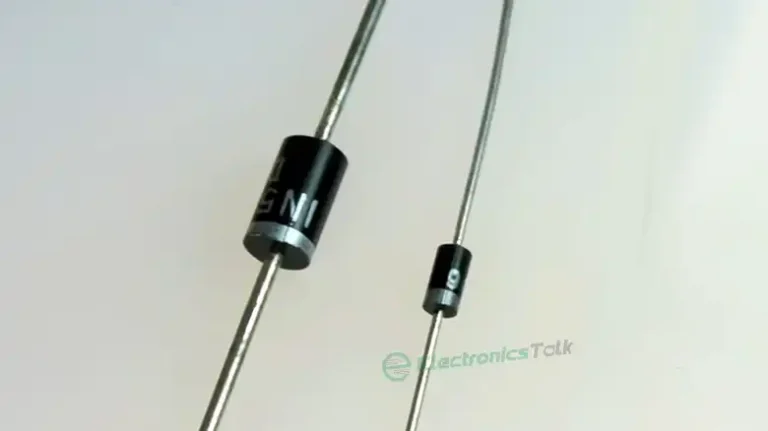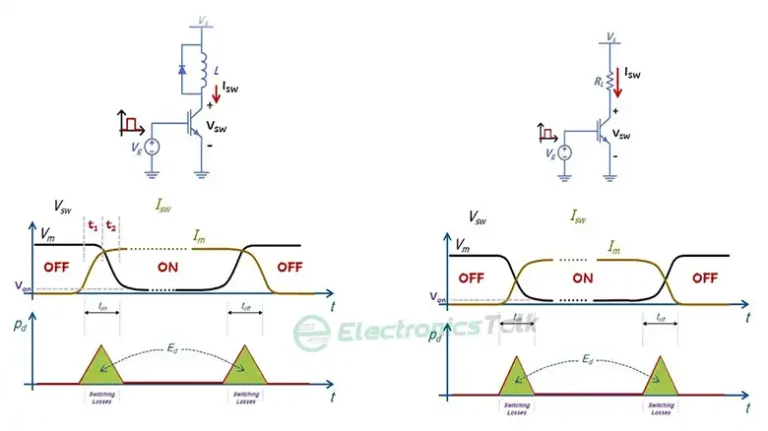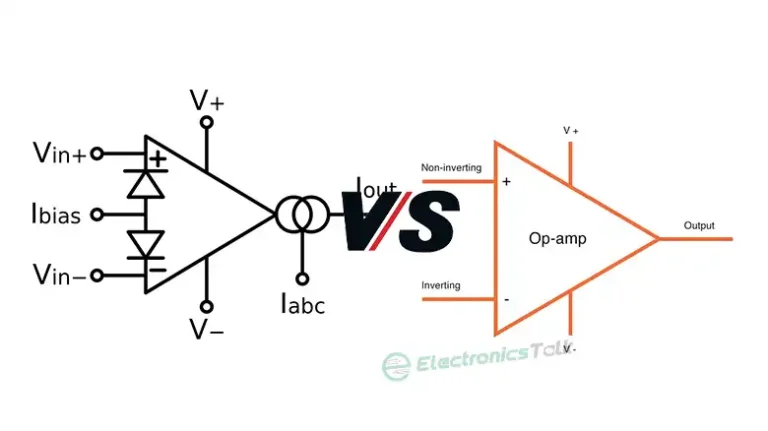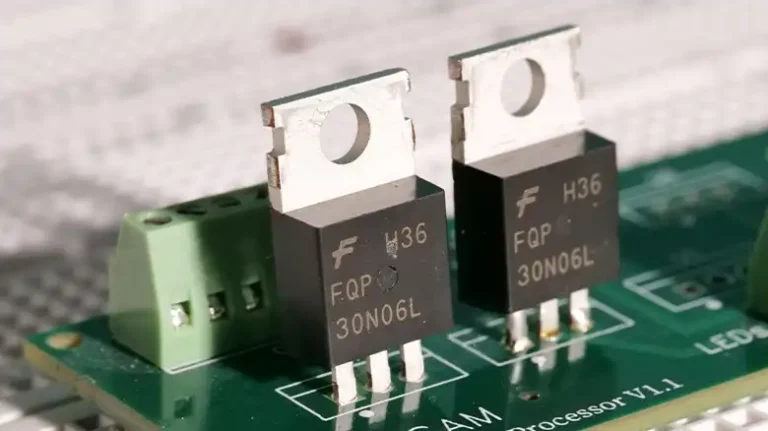What Is the Difference Between Diode 1n4001 and 1n4004? | A Comprehensive Analysis
The maximum voltage ratings and matching peak reverse voltage capabilities of the diodes 1N4001 and 1N4004 make up their principal distinctions. The forward-biased voltage of the 1N4001 and 1N4004 is the same (0.6 V), but their PIV (Peak Inverse Voltage) ratings differ. The 1N4004 has a greater PIV rating than the 1N4001.
The 1N4001 and 1N4004 are two diodes that are often used. Although these diodes perform similarly, there are major differences in their maximum voltage ratings and peak reverse voltage capabilities. It is essential to comprehend the differences between the 1N4001 and 1N4004 diodes when choosing the right component for a specific electrical circuit.

1n4001 vs 1n4004 Diode
Diodes are essential electrical components utilized in many different electronic processes, such as signal modulation, switching, rectification, and voltage regulation. The 1N4001 and 1N4004 are two diodes that are often used.
1. Voltage Rating
A diode’s voltage rating tells you the highest voltage it can withstand in reverse-biased conditions without breaking down. A maximum reverse voltage of 50 volts can be withstood by the 1N4001 diode due to its 50-volt voltage rating.
The 1N4004 diode, in comparison, can withstand a maximum reverse voltage of 400 volts thanks to its higher voltage rating of 400 volts. The 1N4004 is appropriate for applications involving greater voltage levels because of its higher voltage rating.
2. Peak Reverse Voltage
The largest instantaneous voltage that a diode can withstand in its reverse-biased condition without being harmed is the peak reverse voltage, also referred to as the peak inverse voltage (PIV).
Given that it can withstand transient voltage spikes of up to 50 volts, the 1N4001 diode has a peak reverse voltage rating of 50 volts. The peak reverse voltage rating of the 1N4004 diode, which has a greater voltage rating and can sustain higher voltage spikes, is 400 volts.
3. Applications
The 1N4001 and 1N4004 diodes are frequently utilized in various applications due to their voltage differences. Due to its lower voltage rating, the 1N4001 diode is frequently employed in low-voltage circuits where relatively low maximum voltage requirements are necessary.
It can be used for rectification in low-voltage applications, battery chargers, power supplies, and small electronic circuits. The 1N4004 diode is frequently employed in applications involving higher voltage levels due to its greater voltage rating.
It is frequently employed in circuits that call for the rectification of higher voltage signals, such as power supplies, bridge rectifiers, AC-to-DC converters, and others. The 1N4004 is appropriate for higher voltage applications because it is rated for 400 volts as opposed to 50 volts for the 1N4001.
Why would I Pick the 1N4004 Diode over the 1N4001 diode in Specific Circumstances?
Power supplies, bridge rectifiers, AC-to-DC converters, and circuits requiring higher voltage levels can all benefit from the 1N4004 diode’s ability to provide greater voltage rectification.
Last Words
Although at first glance the 1N4001 and 1N4004 diodes may appear to be similar, their differences in maximum voltage ratings and peak reverse voltages distinguish them. In order to ensure dependable and effective functioning, it is crucial to select the proper diode depending on the precise voltage needs of your circuit.


![Can Diodes Overheat [Reasons and Solutions]](https://www.electronicstalk.org/wp-content/uploads/2023/07/Can-Diodes-Overheat-768x431.webp)



![[5 Tips] Can Soldering Damage Diode?](https://www.electronicstalk.org/wp-content/uploads/2023/08/Can-Soldering-Damage-Diode-768x431.webp)